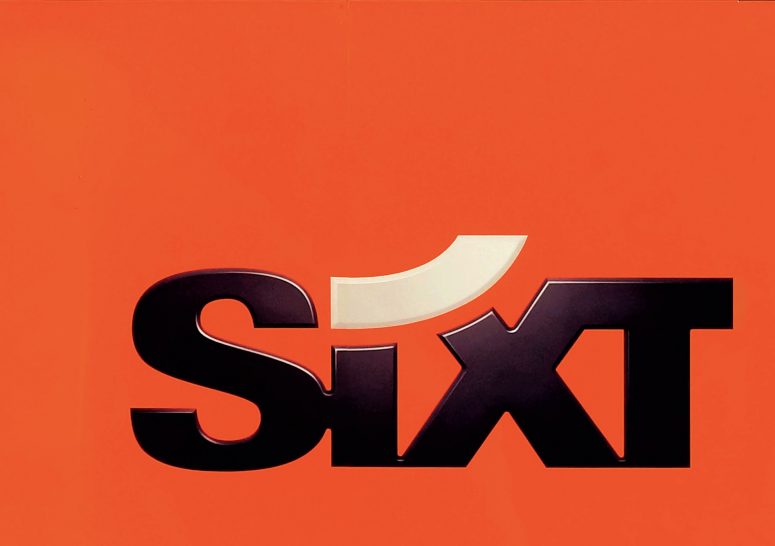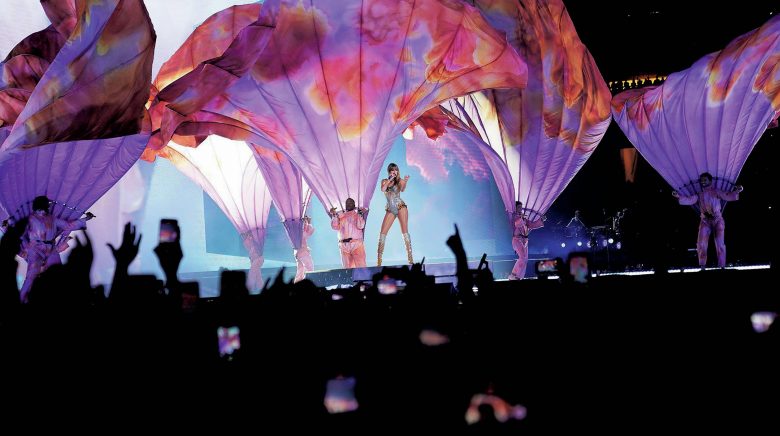Turning a hobby into a business
Phil Waterhouse looks at how content creators can monetise their former hobbies

EXAM LINKS
This article is relevant to the following topics in the AQA, Edexcel, OCR and WJEC/Eduqas A-level specifications:
■ role of entrepreneur
■ entrepreneurial motives and characteristics
■ social media
■ marketing — promotion
■ branding
■ viral marketing
■ forms of business
■ sources of finance
■ sponsorship
■ innovation
Some individuals take a less obvious path to success, likely enduring parental criticism and unfavourable school reports citing a lack of concentration and attention to studies. Olajide Olayinka Williams Olatunji was one such individual, experiencing the wrath of his parents for spending too much time gaming as a teenager. That teenager is now more widely known as KSI — one of the UK’s most successful YouTubers who started his successful business empire by providing commentaries to EA Sports FIFA computer games. Today, he has over 41 million subscribers to his three YouTube channels and his videos have gained more than 10 billion views.
What is fascinating about KSI and other content creators, is that 15 years ago, the business model for earning from content did not exist. Some of you might be aware of how the model works, but the likelihood is that many of you, and particularly a lot of your teachers, do not. An ecosystem has emerged that brings rewards for individuals, platforms such as Google (the parent company of YouTube) and companies such as Red Bull who have been at the forefront of this new marketing opportunity, generating revenue as well as brand awareness.
Business model
In 2011 the film Concrete Circus was released, featuring the making of four different videos based on extreme sports individuals and the stories of how their latest films were being made. It featured the free-running group Blue, skateboarder Kilian Martin, BMX freestyler Keelan Phillips and the cyclist Danny MacAskill. If you are unaware of these individuals, it is worth looking at the content they created and continue to publish on YouTube. The number of views their videos gain is regularly in the millions and, as you are probably aware, the top YouTube creators earn significant sums for the content they create.
The business model has emanated from the growth of the internet and firms and individuals learning to monetise content. When Tim Berners-Lee created the world wide web, he perhaps did not realise just how significant its impact would be on the business world. The number of new jobs and specifically job roles that have been created is one that continues to evolve — 15 years from now it may look very different.
Advertisement
Currently, YouTubers generate earnings in three main ways. The first is one that you are probably familiar with. Once an individual has built up a following, they can look to earn revenue from Google adverts. However, creators must meet a minimum threshold of at least 1,000 followers and over 4,000 viewed hours of their videos per year. Then, individuals can apply to become involved with YouTube’s Partner Program, which allows them to earn from subscriptions, channel memberships and adverts. The revenue earned per advert varies depending on the individual, with rates starting at around US$1.60 per 1,000 views, to US$30 per 1,000 views. The top YouTube creators can earn close to US$100,000 a month.
Sponsorship
A second revenue stream that individuals like those featured in Concrete Circus benefit from is sponsorship. For example, Red Bull has built up a portfolio of sportspeople representing its brand from both mainstream sports, such as F1, alongside more niche sports, such as free running. The company has exploited the synergy between their core product and their intended target market — young and adventurous individuals. This sponsorship strategy has also been adopted by Red Bull’s rivals in the energy drinks market such as Monster Energy, who heavily sponsors motorcycling events.
The marketing approach introduced by Red Bull was revolutionary. As well as using its famous slogan and traditional channels of advertising, its willingness to embrace non-traditional events — ranging from its Red Bull Air Races to its homemade Soapbox Races — has further established the brand and its position as market leader in the energy drinks market, with 38% market share. The sales from its energy drinks help contribute to overall revenues of over €5 billion a year, with net profits of over €650 million in 2022. The company is happy to sponsor certain events and individual celebrities as loss leaders as it helps contribute to its overall brand image. Such is its reputation, that many aspiring YouTubers will look to get a coveted sponsorship from the company.

By successfully exploiting niche interests, Red Bull has now branched out to more mainstream sports such as football, with the ownership of teams in Austria, Germany, the USA and Brazil all competing at a high level. It now also sponsors tennis players such as Dominic Thiem and baseball star Kris Bryant as well as the US skier Lindsey Vonn. Red Bull has its own dedicated YouTube channel with around 11 million subscribers, so this aspect of its marketing is essentially cost neutral. The sponsorships it gives out generates significant revenues from YouTube and, with each artist kitted out in the various Red Bull branded clothing, the brand association and recognition furthers its marketing reach.
Merchandising
This brings us onto the third way that YouTubers can look to make money from their videos. The celebrities of the digital age understand the importance of merchandising. Creators such as Dude Perfect generate significant revenue from selling branded clothing, backpacks and the like, just as major sports teams and theme parks do to further enhance earnings. In a good month, Dude Perfect merchandise can bring in over US$2 million dollars as its target audience tends to be a younger demographic who have a higher discretionary income. It might seem ridiculous that people will buy T-shirts based off a YouTube channel, but is it very different from the sales of T-shirts by musical artists at their concerts?
Big and little players
The top 50 earners on YouTube are an eclectic mix of already famous artists such as Justin Bieber, Ed Sheeran and Taylor Swift, alongside established sports content providers such as WWE. However, a substantial number of the top 50 are homemade entrepreneurs that have learnt to build a following using their personal skills and interests to create videos enjoyed by millions of people. Like any industry, you tend to only hear about the major players, however, there are thousands of individuals that have created followings that bring in consistent revenue. A personal favourite of mine is a UK economics teacher who runs a channel called EconplusDal. This channel is a superb source to help further your understanding of A-level economics. There is also a brilliant US teacher who does a similar line of tutorials, allowing them to earn passive income from their content, while going about their day jobs.
The internet is a space that continues to evolve and change over time. It has been a rich source of opportunities since its creation and will continue to be so. However, the rate of technological change and social trends are always potential threats and, just like any organisation, trying to replicate the magic formula is not always easy. The internet, and particularly YouTube, have helped skilled people like Danny MacAskill reach a global audience. MacAskill’s latest creation, Postcard from San Francisco, has helped make one of the stars of arguably the first viral video a career that his schoolteachers could not have imagined.





